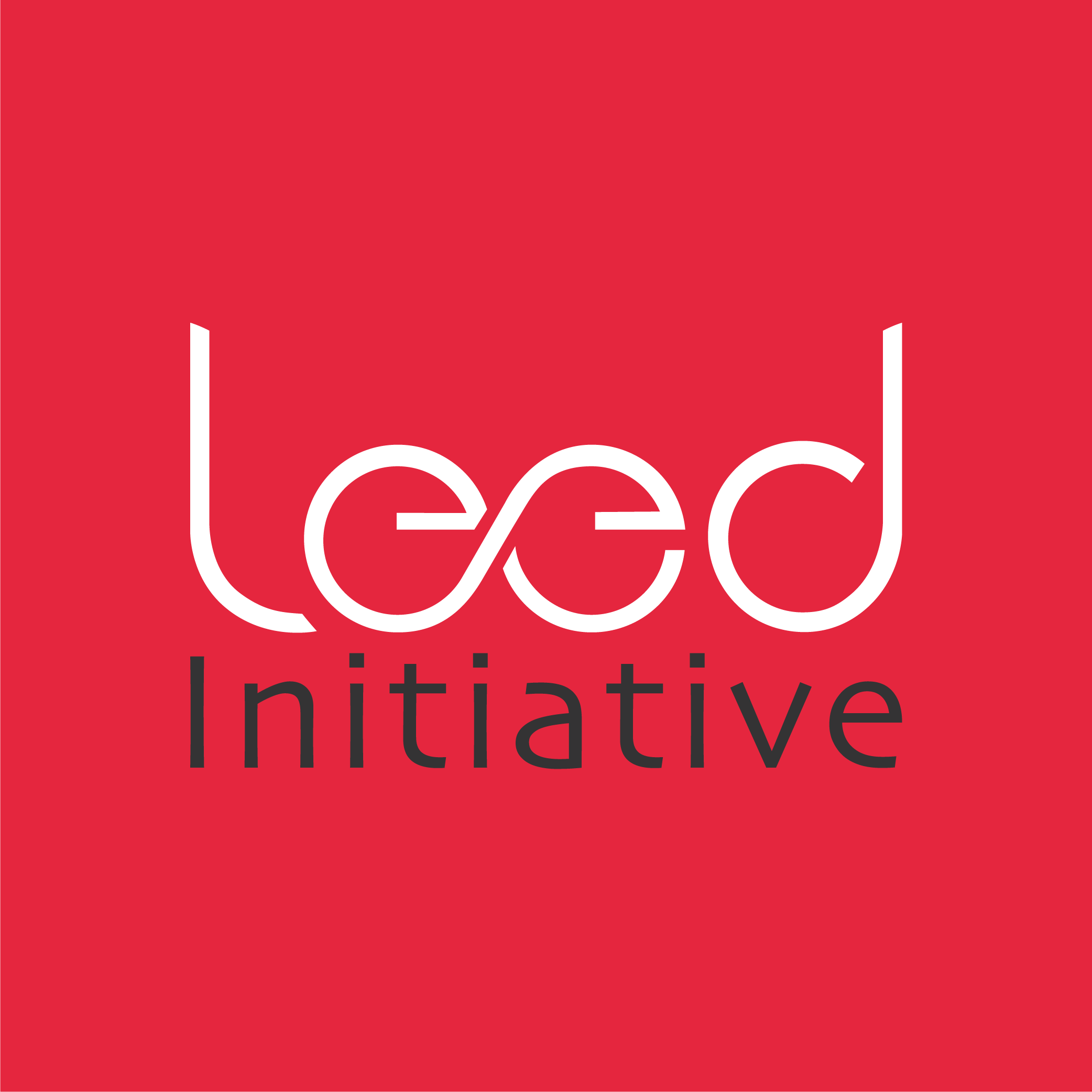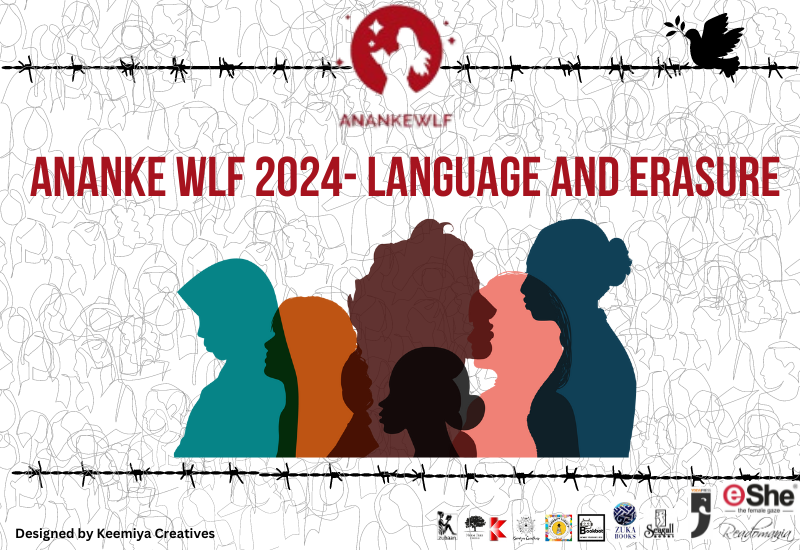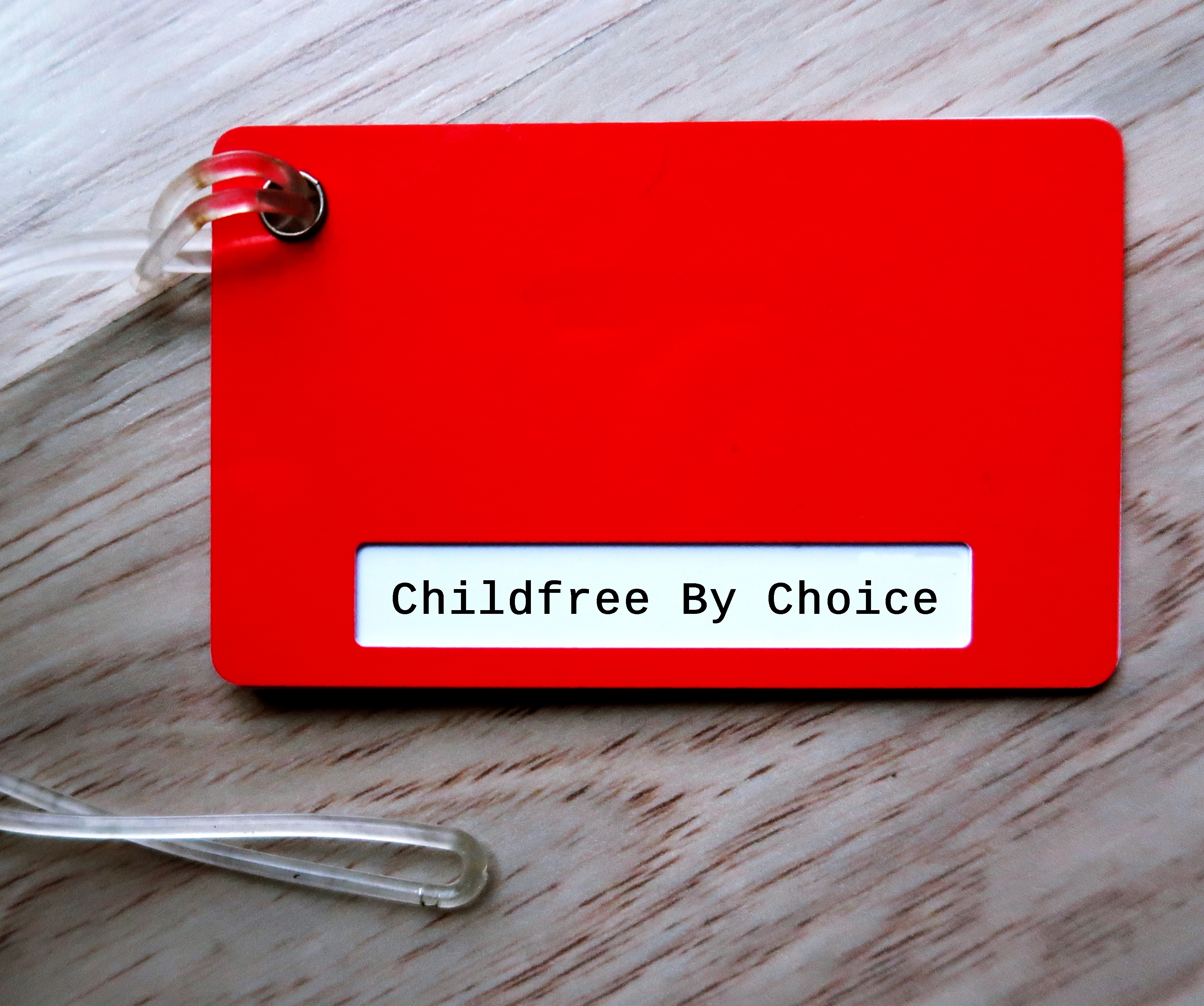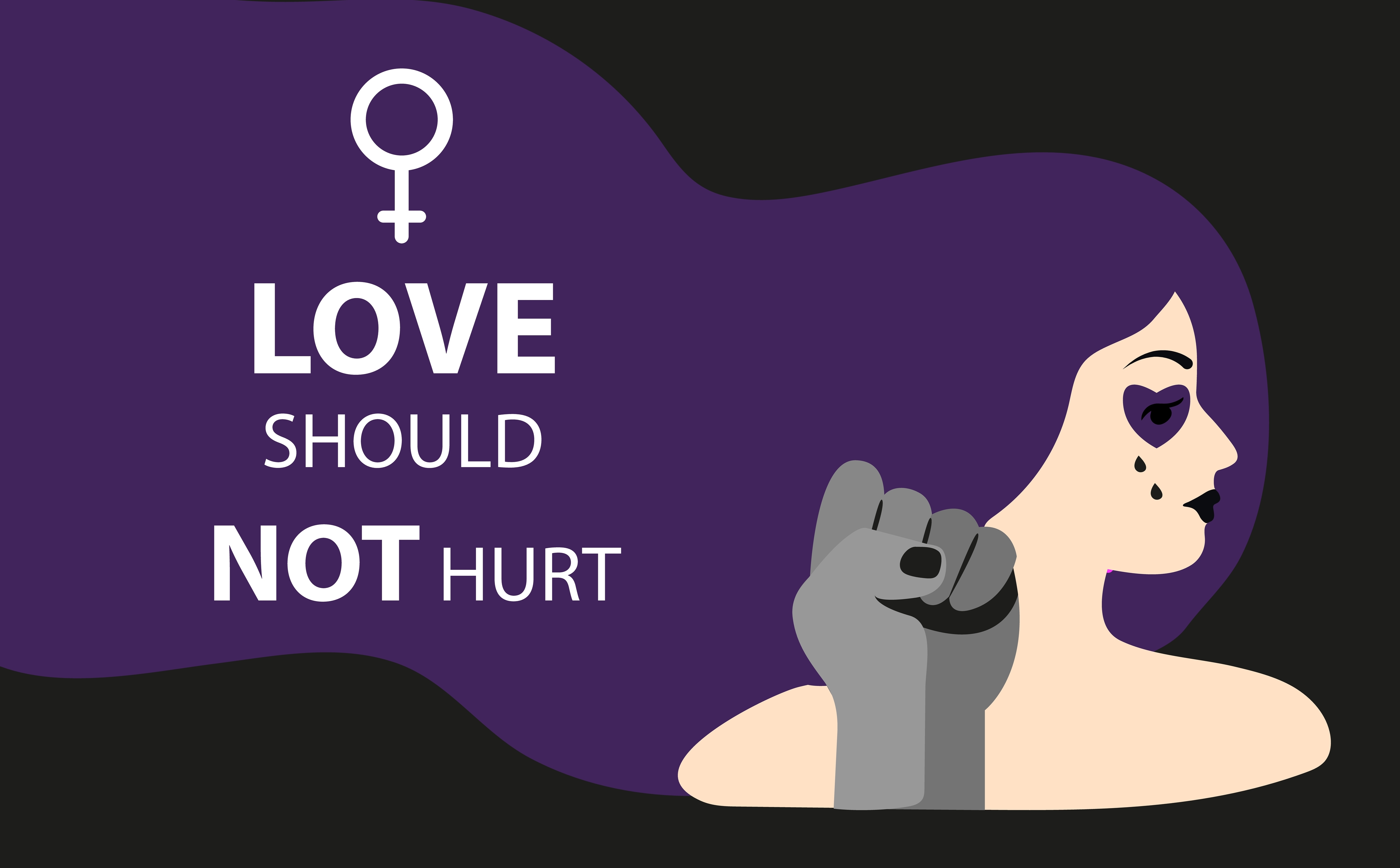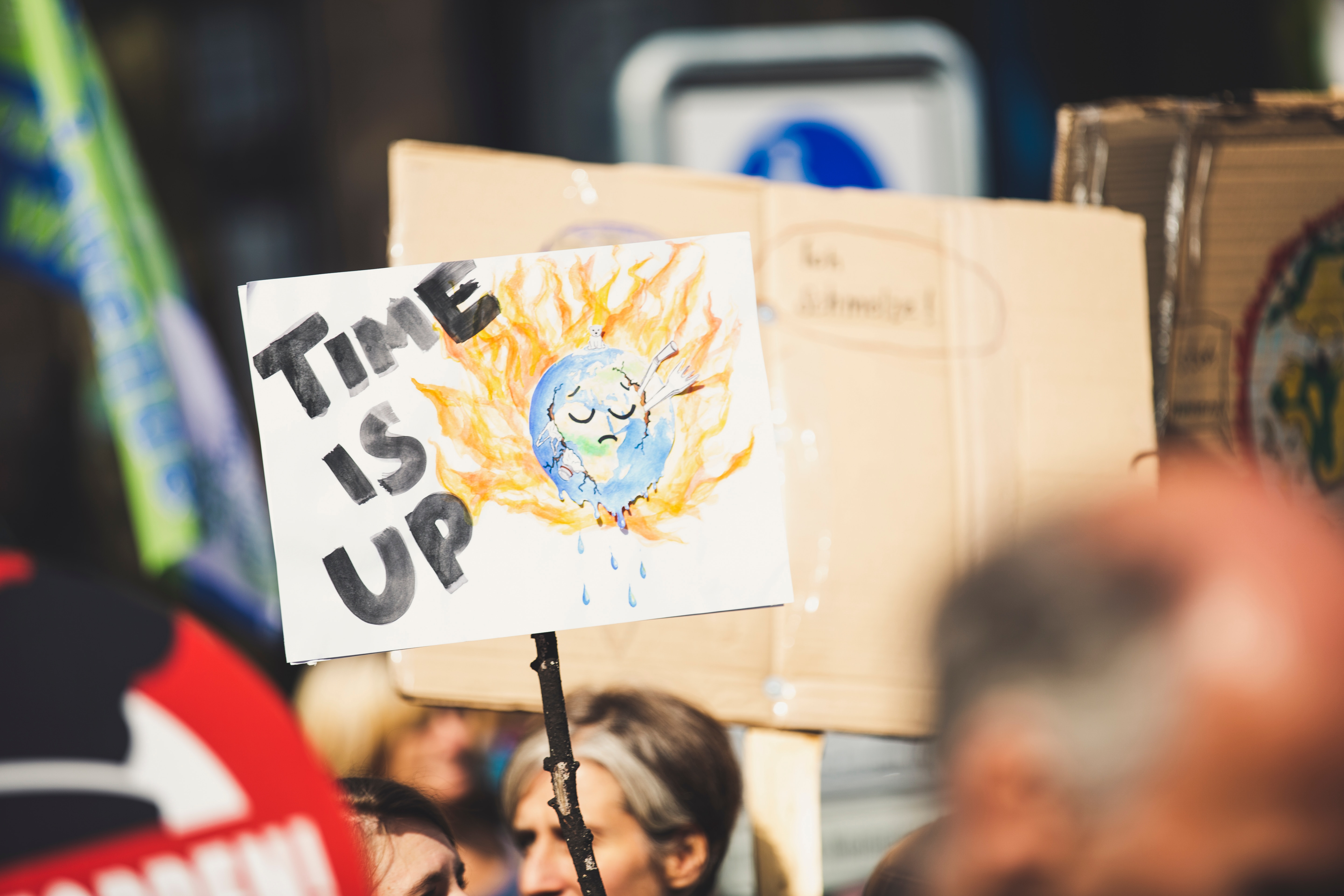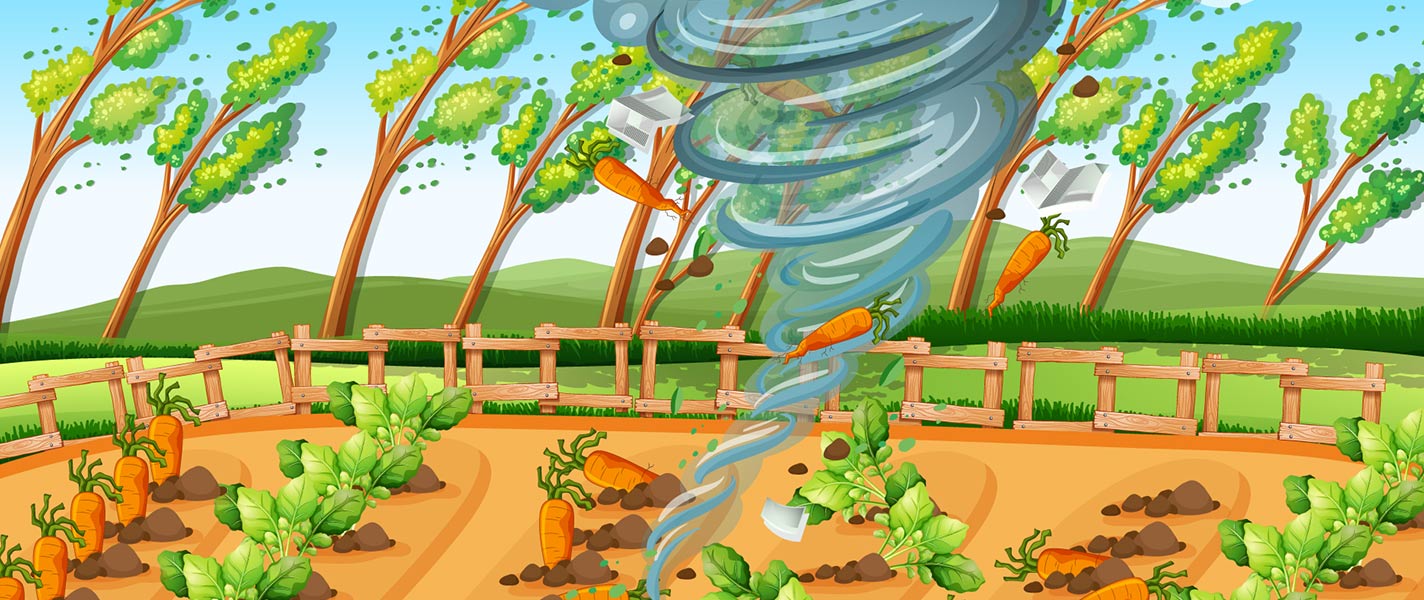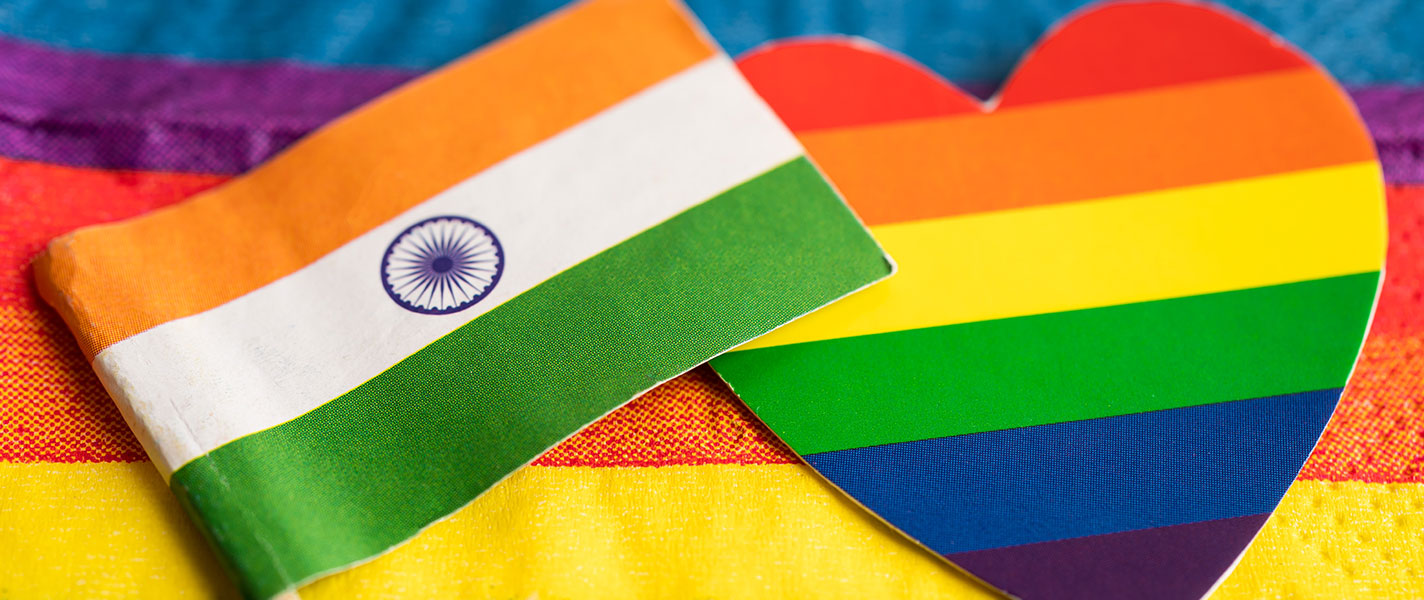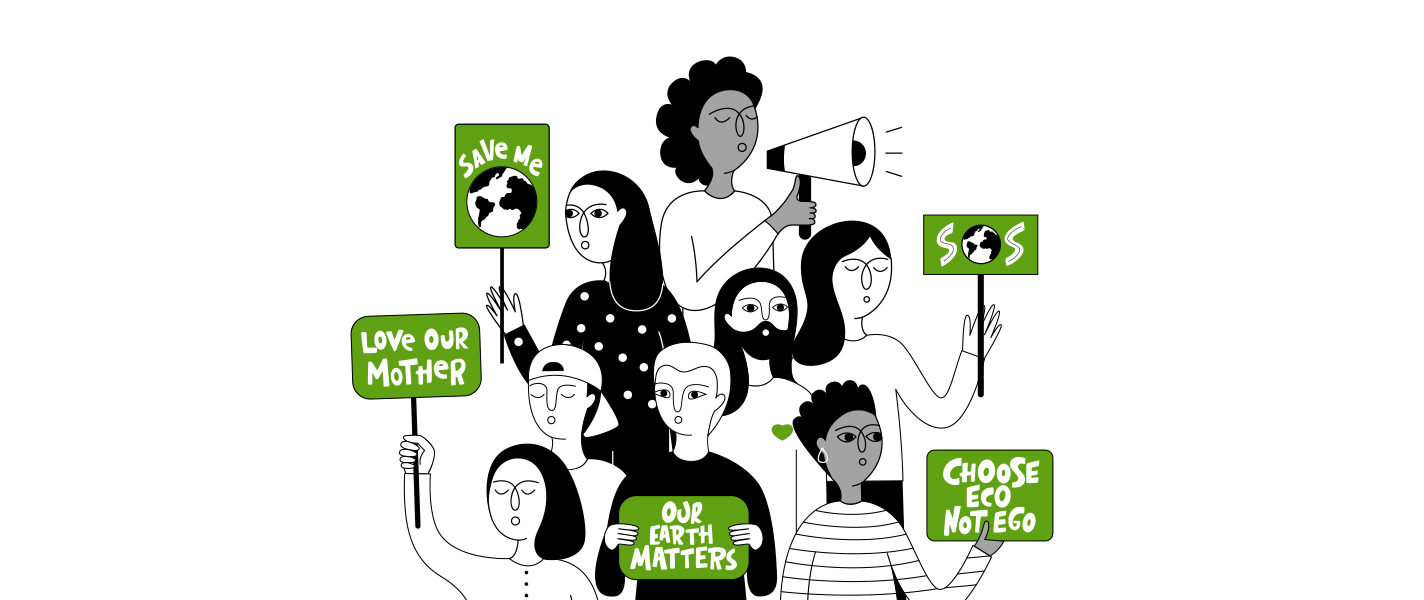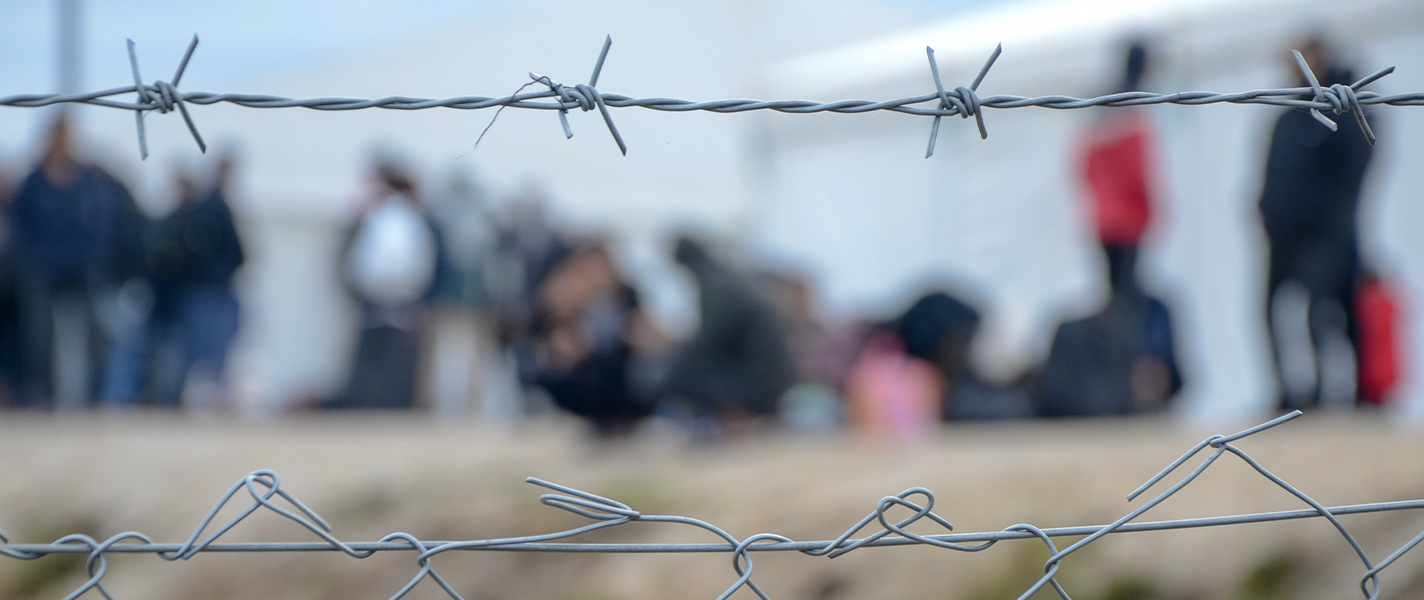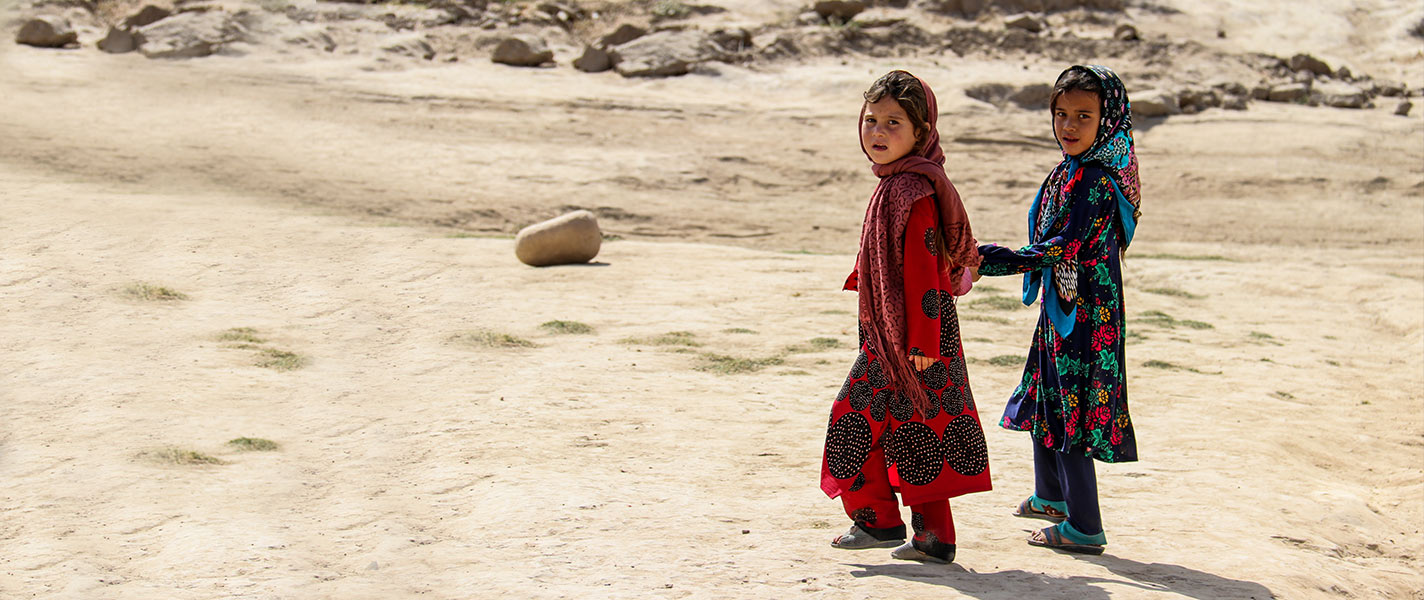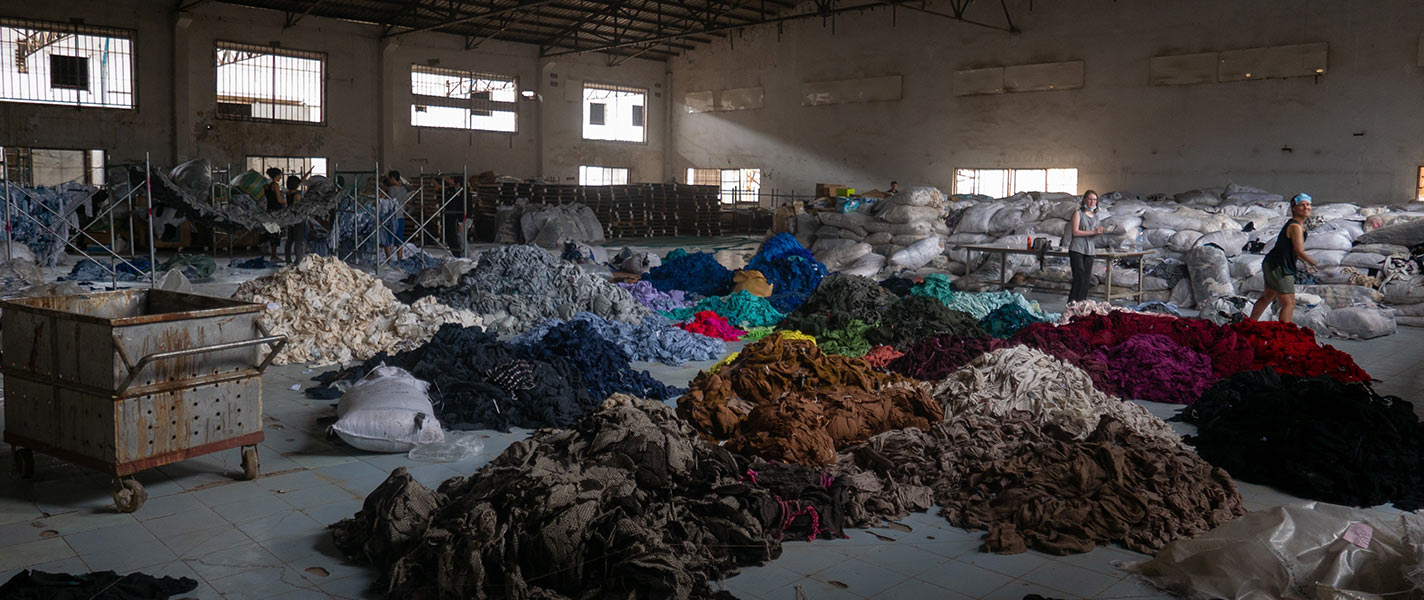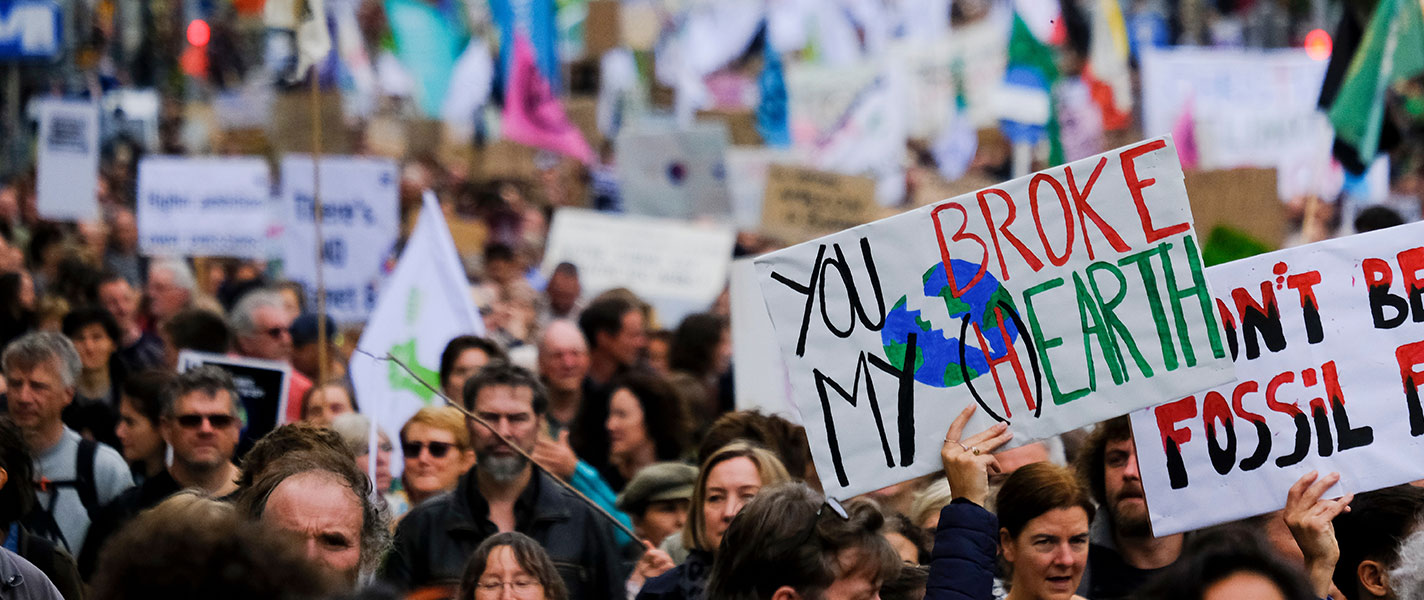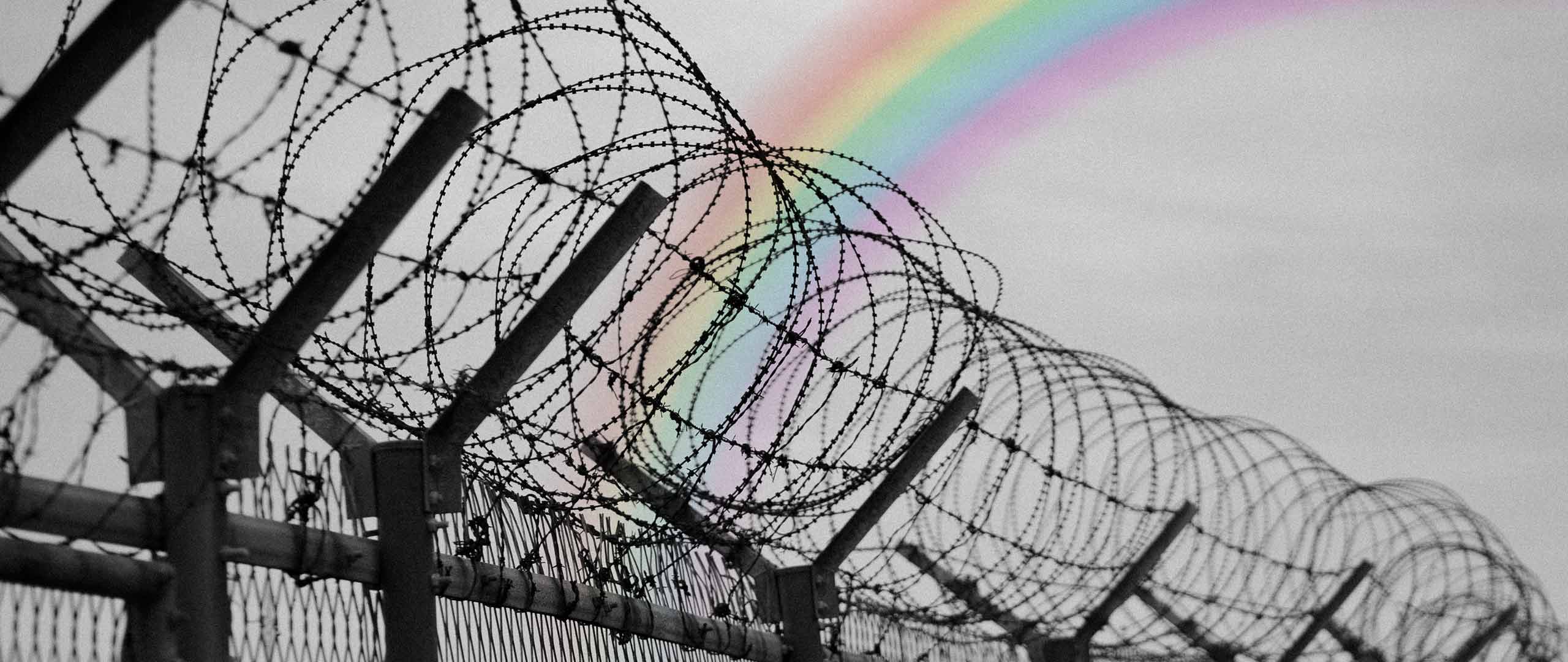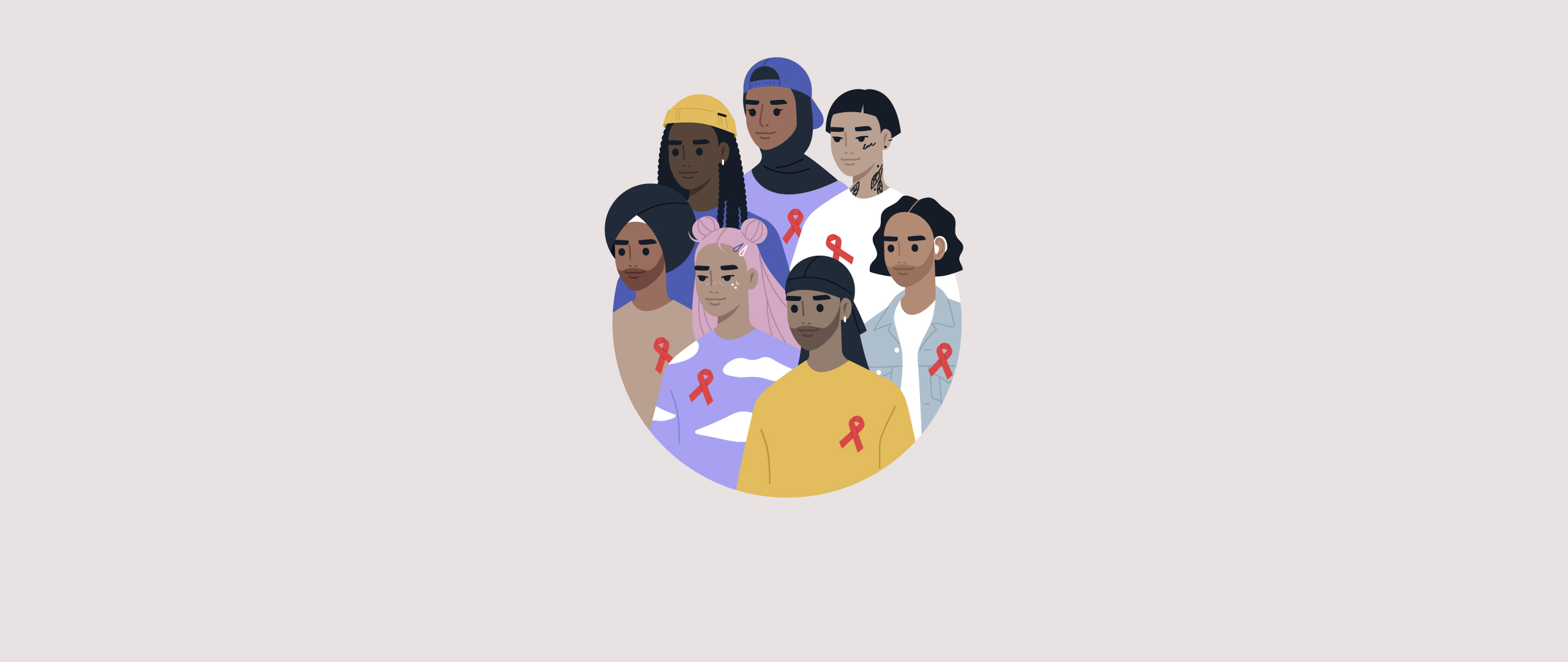The Era of a Global Food Crisis
LEED Initiative joins the celebrations of United Nations Day, stressing the importance of addressing food security and peace at home and abroad.
Food security is the measure of an individual’s ability to access food that is nutritious and sufficient in quantity, in order to have an active and healthy lifestyle. Over the years, the United Nations has worked on achieving food security for all at the heart of the efforts of the UN Food and Agriculture Organization (FAO). The latter primarily aims at eradicating hunger, food insecurity and malnutrition, eliminating poverty, and sustaining the management and utilization of natural resources.
In the last years, the world has seen a rise in hunger rate, affecting nearly 10% of people globally. In fact, from 2019 to 2022, the number of undernourished people grew by as many as 150 million. This crisis is largely the outcome of conflicts, climate change, population growth, and the COVID-19 pandemic. This year we have firsthand witnessed the intersectionality of food security and peace. It is best manifested in how the shortage of sufficient and nutritious food drives conflict and how violence and war can threaten food supply chains globally.
The magnitude of this crisis is far greater in some countries than others. According to the Global Hunger Index issued by Concern Worldwide, Chad, Timor-Leste, Madagascar, Haiti, Mozambique, Liberia, Sierra Leone, Lesotho, Afghanistan and Nigeria are the top countries facing hunger in the world. Adding to the cumulative, devastating effects aforementioned, up to 26 million people in Africa are expected to face high levels of food insecurity as the longest drought in over 40 years is forecast to continue.
Furthermore, shortages in food security can engender a devastating reality. Adults who are food insecure may be at an increased risk for a plethora of health outcomes and health disparities. For instance, a recent study entitled the Effect of Food Insecurity on Health Status of Adolescents in Ethiopia shows that those who are food-insecure were more likely to suffer from mental health issues namely depression and severe anxiety. Another study entitled Food Insecurity, Chronic Disease, and Health Among Working-Age Adults was conducted by Christian A. Gregory and Alisha Coleman-Jensen shows a strong correlation between food security status and chronic health conditions among working-age adults living at or below 200% of the Federal poverty line in the United States.
Challenges in the MENA
Food insecurity is a present and growing challenge in the Middle East and North Africa as well. In 2020, MENA’s share of acutely food insecure people was 20%, a high percentage in opposition to its only 6% share of the population. However, during conflicts, the situation is aggravated, such is the case for the Yemeni and Syrian conflict. The United Nations estimates the number of Yemenis struggling with food insecurity has reached 24 million, approximately 83% of the population, in 2021, with 16.2 million needing emergency food. Whilst, the war in Syrian engendered the same catastrophic outcomes, as over 12 million Syrians are food insecure, an increase of 4.5 million in 2020 alone.
Additionally, Russia’s invasion of Ukraine has escalated the risk of regional food insecurity in the MENA as the latter relies heavily on food imports and foreign exchange earnings. The MENA countries largely depend on Ukraine and Russia for their food imports, particularly wheat and grain. Thereby, the Russia-Ukraine conflict severely disrupted the supply chain of cereals and oilseeds, increasing food prices, and is expected to significantly raise domestic production costs in the agricultural sector.
In conclusion, the combined impacts of climate change, conflict, unsustainable practices, and COVID- 19 pandemic are the major drivers of high levels of acute food security worldwide. Hence, there is a need for improving the evidence base for the relationship between food and security in current and future policies and programs, particularly those in pursuit of Sustainable Development Goal 16.

